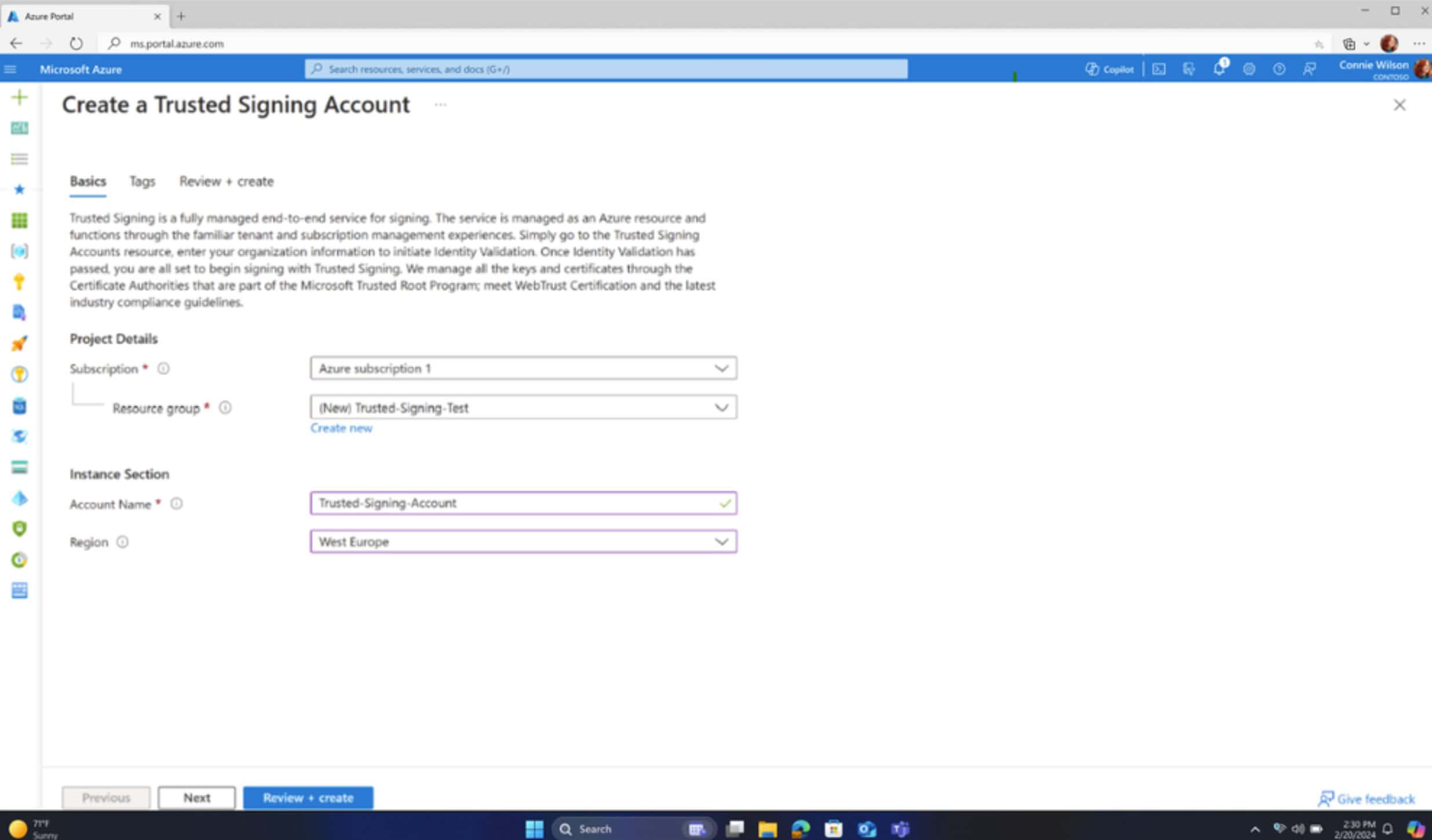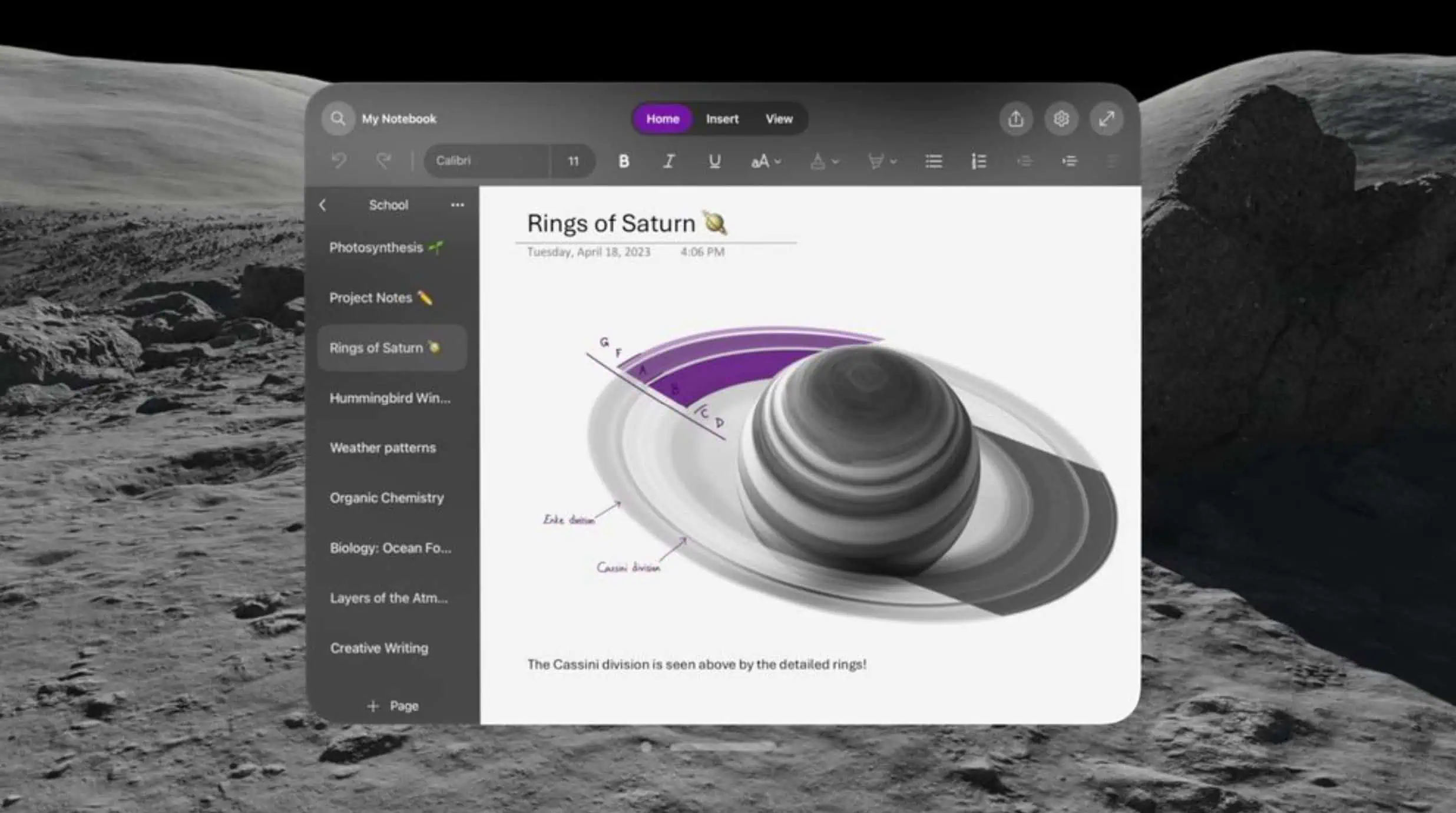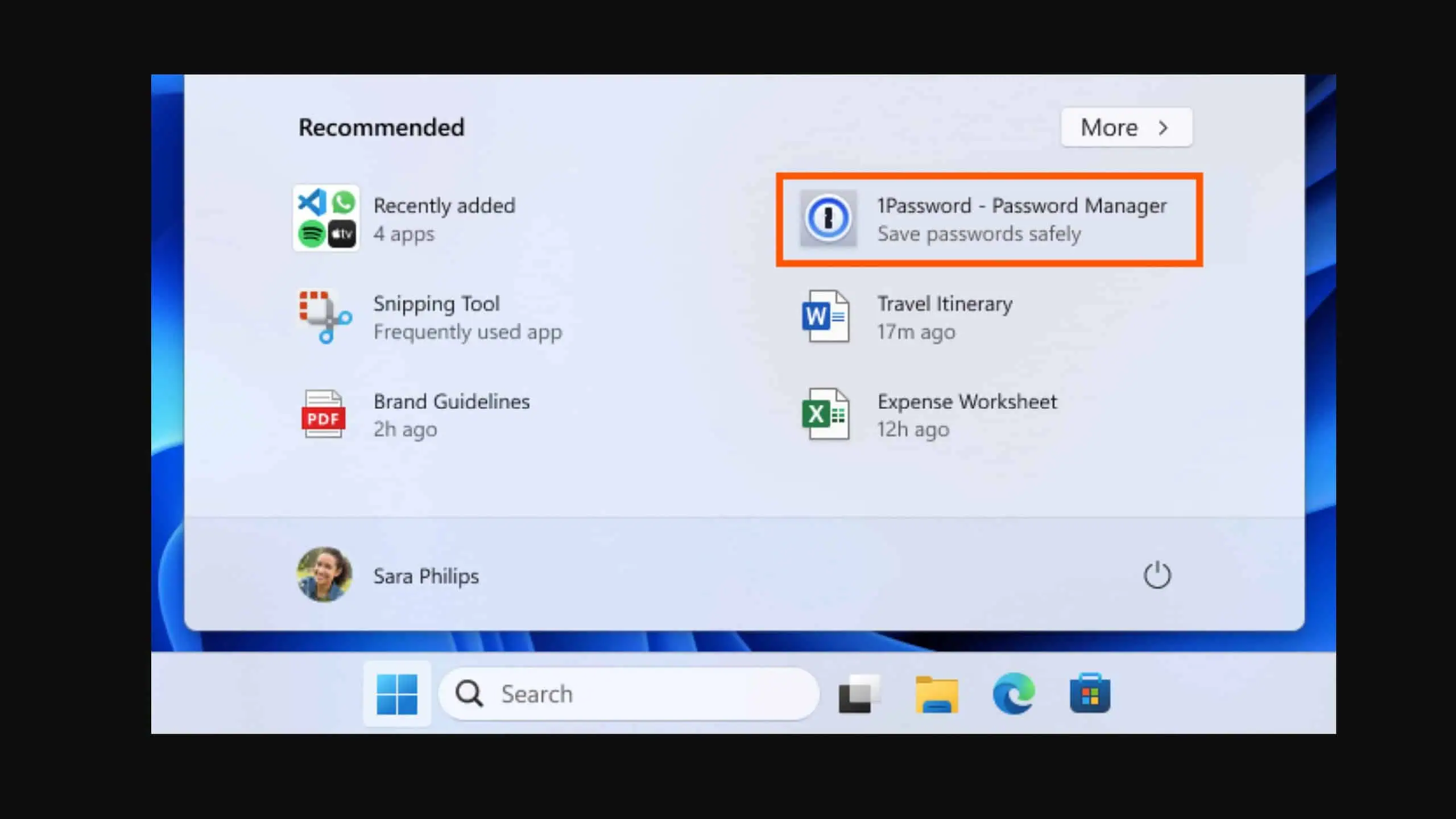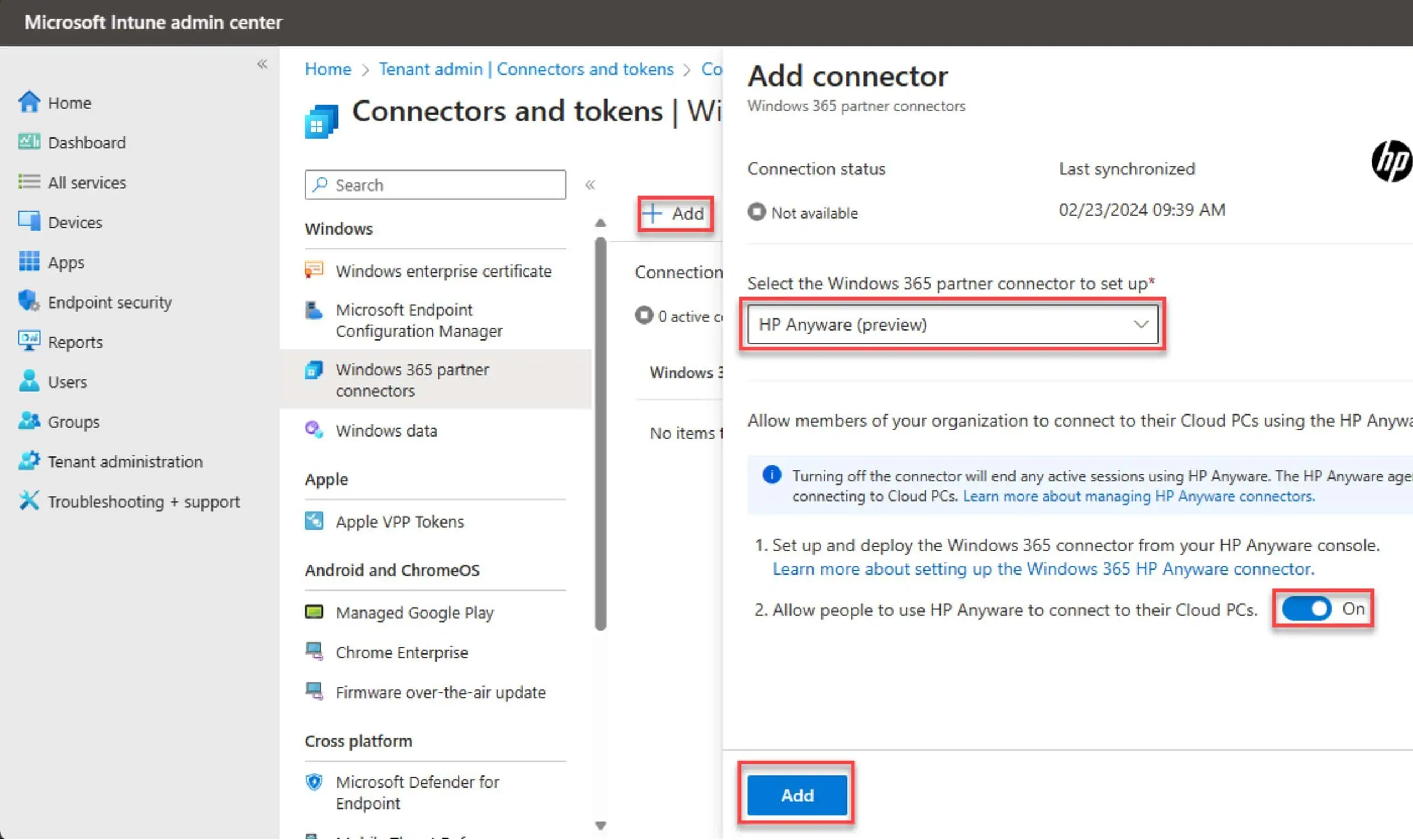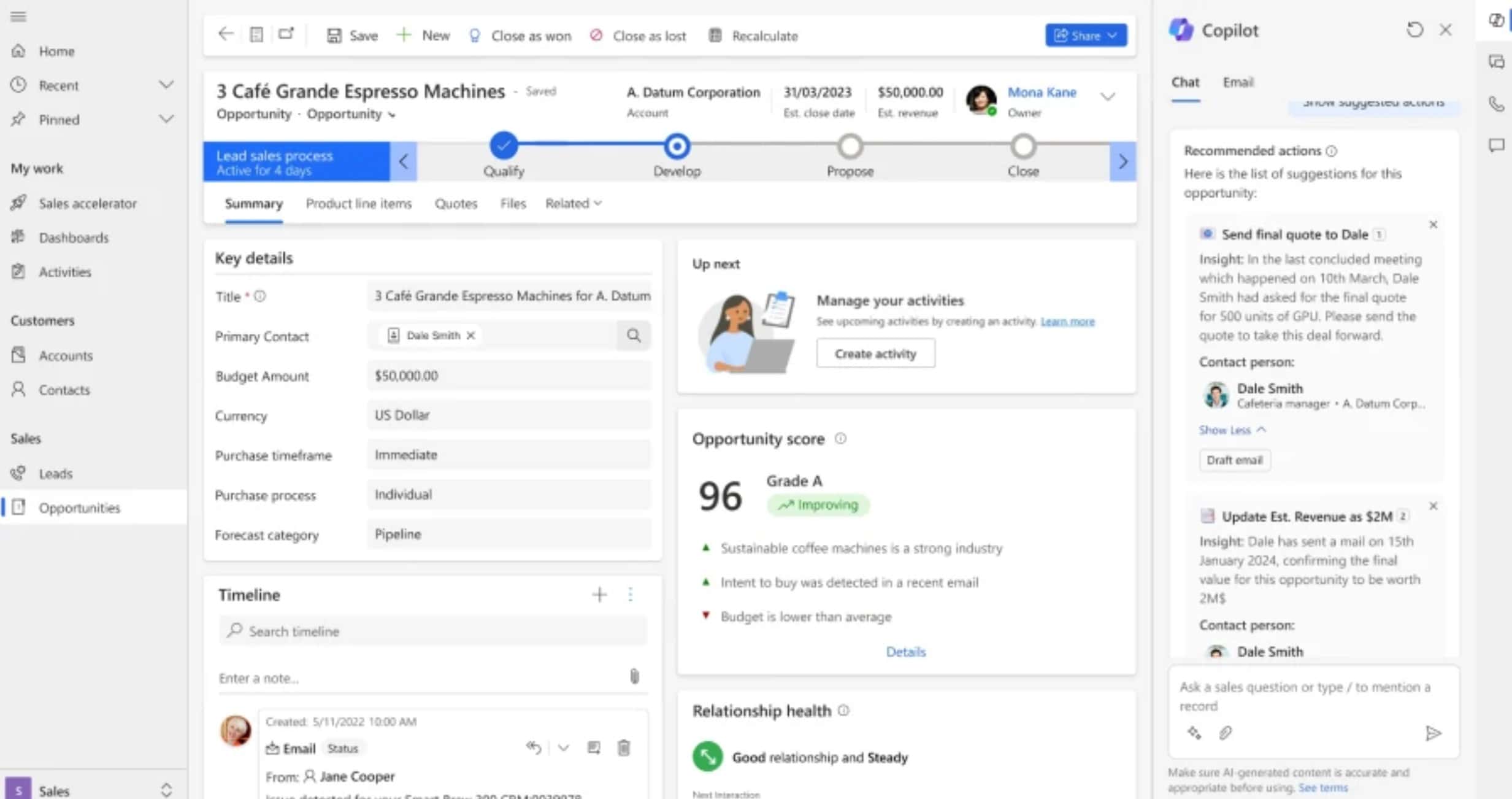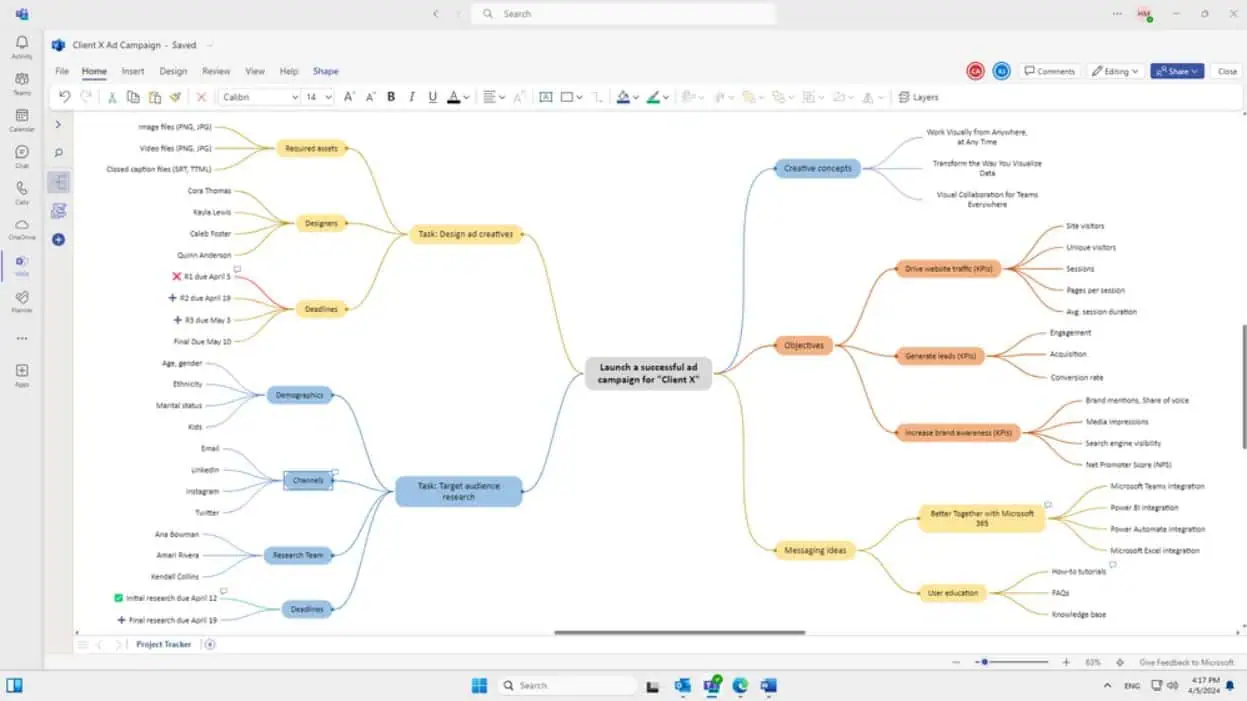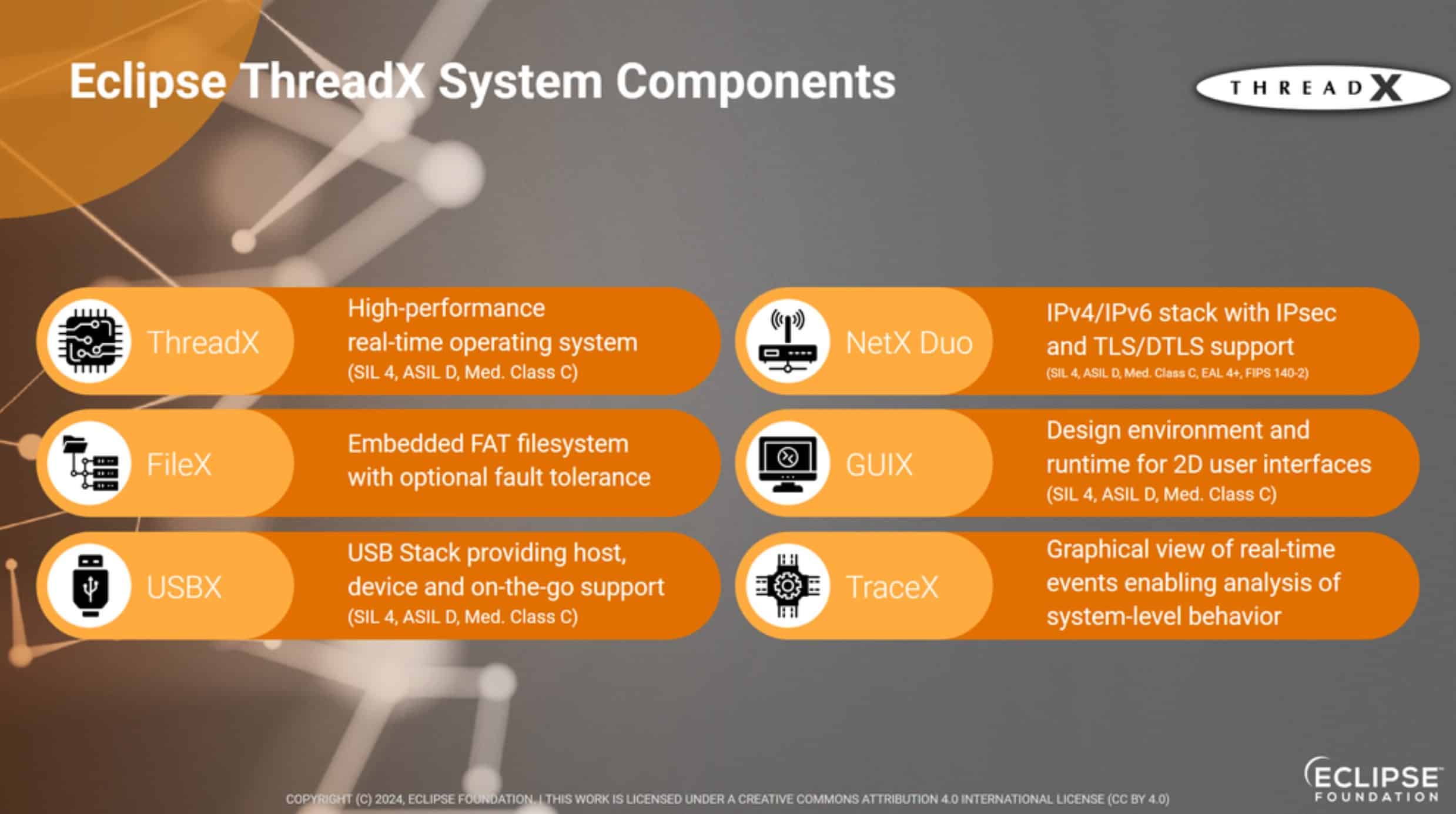Microsoft's new Cloud Service Map will help customers migrating from AWS to Azure
3 min. read
Published on
Read our disclosure page to find out how can you help MSPoweruser sustain the editorial team Read more

Microsoft has introduced a new cloud service map that will help developers and enterprise customers migrate from Amazon Web Services to Azure cloud platform. For many cloud services, Microsoft and Amazon uses completely different names. For example, Amazon calls their streaming data service as Kinesis Firehose while Microsoft calls it Event Hubs. Azure Functions is used to integrate systems and run backend processes in response to events or schedules without provisioning or managing servers. The same service is called Lambda by AWS.
This new Cloud Service Map will help developers and enterprise customers to quickly compare the cloud capabilities of Azure and AWS services. This map is divided into following 13 sections:
- Marketplace – Cloud marketplace services bring together native and partner service offerings to a single place, making it easier for customers and partners to understand what they can do.
- Compute – Compute commonly refers to the collection of cloud computing resources that your application can run on.
- Storage – Storage services offer durable, highly-available, and massively-scalable cloud storage for your application, whether it runs in the cloud or not.
- Networking & Content Delivery – Allows you to easily provision private networks, connect your cloud application to your on-premises datacenters, and more.
- Database – Database services refers to options for storing data, whether it’s a managed relational SQL database that’s globally distributed or multi-model NoSQL databases designed for any scale.
- Analytics and big data – Make the most informed decision possible by analyzing all of the data you need in real time.
- Intelligence – Intelligence services enable natural and contextual interaction within your applications, using machine learning and artificial intelligence capabilities that include text, speech, vision, and search.
- Internet of Things (IoT) – Internet of Things (IoT) services connect your devices, assets, and sensors to collect and analyze untapped data.
- Management & monitoring – Management and monitoring services provide visibility into the health, performance, and utilization of your applications, workloads, and infrastructure.
- Mobile services – Mobile services enable you to reach and engage your customers everywhere, on every device. DevOps services make it easier to bring a higher quality app to market faster, and a number of engagement services make it easier to deliver performant experiences that feel tailored to each user.
- Security, identity, and access – A range of capabilities that protect your services and data in the cloud, while also enabling you to extend your existing user accounts and identities, or provisioning entirely new ones.
- Developer tools – Developer tools empower you to quickly build, debug, deploy, diagnose, and manage multi-platform, scalable apps and services.
- Enterprise integration – Enterprise integration makes it easier to build and manage B2B workflows that integrate with third-party software-as-a-service apps, on-premises apps, and custom apps.
You can check out the Cloud Service Map for AWS and Azure here and download it in PDF format here.

